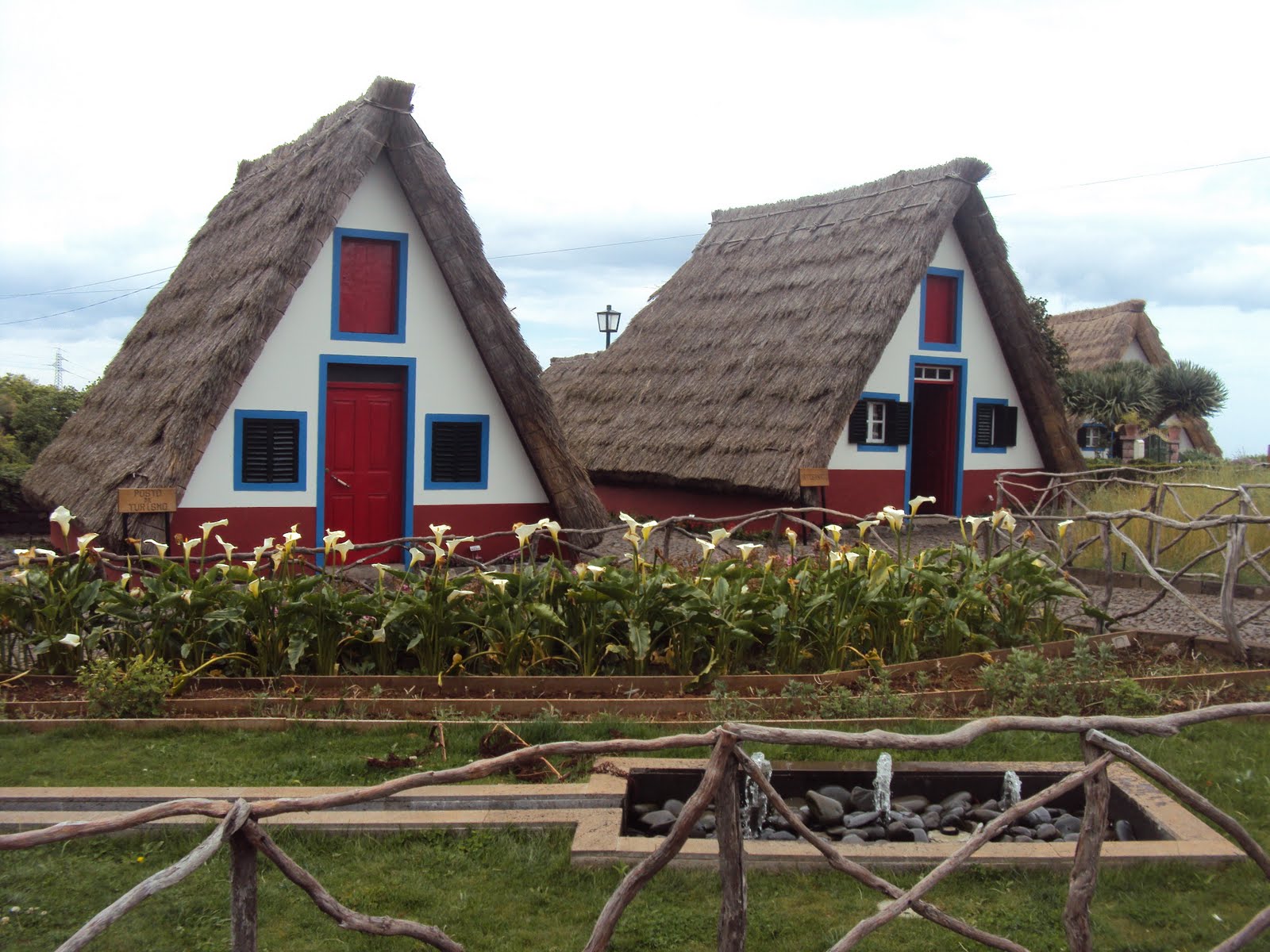Santana, agora cidade e sede de concelho, deverá ser das zonas turísticas mais emblemáticas da ilha da Madeira a nível turístico. Tudo porque as casas onde as suas gentes viviam, em maior número, noutros tempos, acabaram por resultar num cartaz por excelência do destino. São casas em triângulo e cobertas de palha.
Além disso, quem não guarda a imagem interessante das maçarocas dependuradas em carvalhos, junto às casas, a secarem com o sol. São maçarocas que, depois, são utilizadas na alimentação familiar, nos restaurantes ou como semente nas novas plantações.
Mas Santana deve o seu nome a uma capela em sua honra, que tinha o nome de Santa Ana.
A povoação acontece por volta do ano 1550 com minhotos de Braga, do norte de Portugal continental. Por isso há a alcunha dos habitantes locais serem os “Bragados”.
No início da colonização, as terras foram repartidas entre nobres e alguns burgueses, com a posse de sesmaria. Havia a obrigatoriedade de desbravar e construir habitações para as pessoas e para o gado.
A freguesia de Santana acaba por ser criada por alvará régio de 4 de Junho de 1552 para uma capitania curato.
Nesta data desmembrou-se da Capitania de São Jorge e instalou a sua sede na Capela de Santa Ana.
Em 1835 ascendeu à categoria de vila e sede do concelho.
No dia 1 de Janeiro de 2001 Santana foi elevada à categoria de Cidade.
De terreno fértil mas de difícil acesso, a freguesia reúne as condições óptimas para a produção do trigo, milho, centeio e vinho.
Presentemente, crê-se que o número de habitantes seja de cerca de 4.500 habitantes.
A nível do clima, podemos dizer que é um pouco mais rigoroso que noutras partes da ilha, tanto no Verão como de Inverno.

English Version
City and chief town of the municipality, Santana is probably one of the most emblematic tourist areas in Madeira Island. All is due to the houses where its people used to live in former times, which ended up by becoming the greeting card by excellence of the destination. These houses are thatched with straw and in the shape of a triangle.
Besides, who does not remember the interesting image of the ear of maize suspended on oak-trees, by the houses, drying in the sun? These are later used in the family meals and restaurants, or as seeds for new plantations.
However, Santana owes its name to a chapel in its honour, bearing the name Santa Ana (Saint Ana).
The settlement took place around the year 1550, with people from Braga, from Portugal mainland. For that reason, the local inhabitants have the nickname “Bragados”.
At the beginning of the colonization, the land was allotted amongst noblemen and some bourgeois, with the ownership of plots of uncultivated land. They were bound to clear the land and build houses for people and shelter for livestock.
The civil parish of Santana was established by royal charter on June 4, for a curacy captaincy.
At the time, São Jorge Captaincy installed its headquarters in the Chapel of Santa Ana.
In 1835, Santana became a town, and the chief town of the municipality.
On January 1, 2001, Santana became a city.
Today, the number of inhabitants is believed to be about 4,500.
The climate is somewhat harsher than in other parts of the Island, both in the summer and winter.